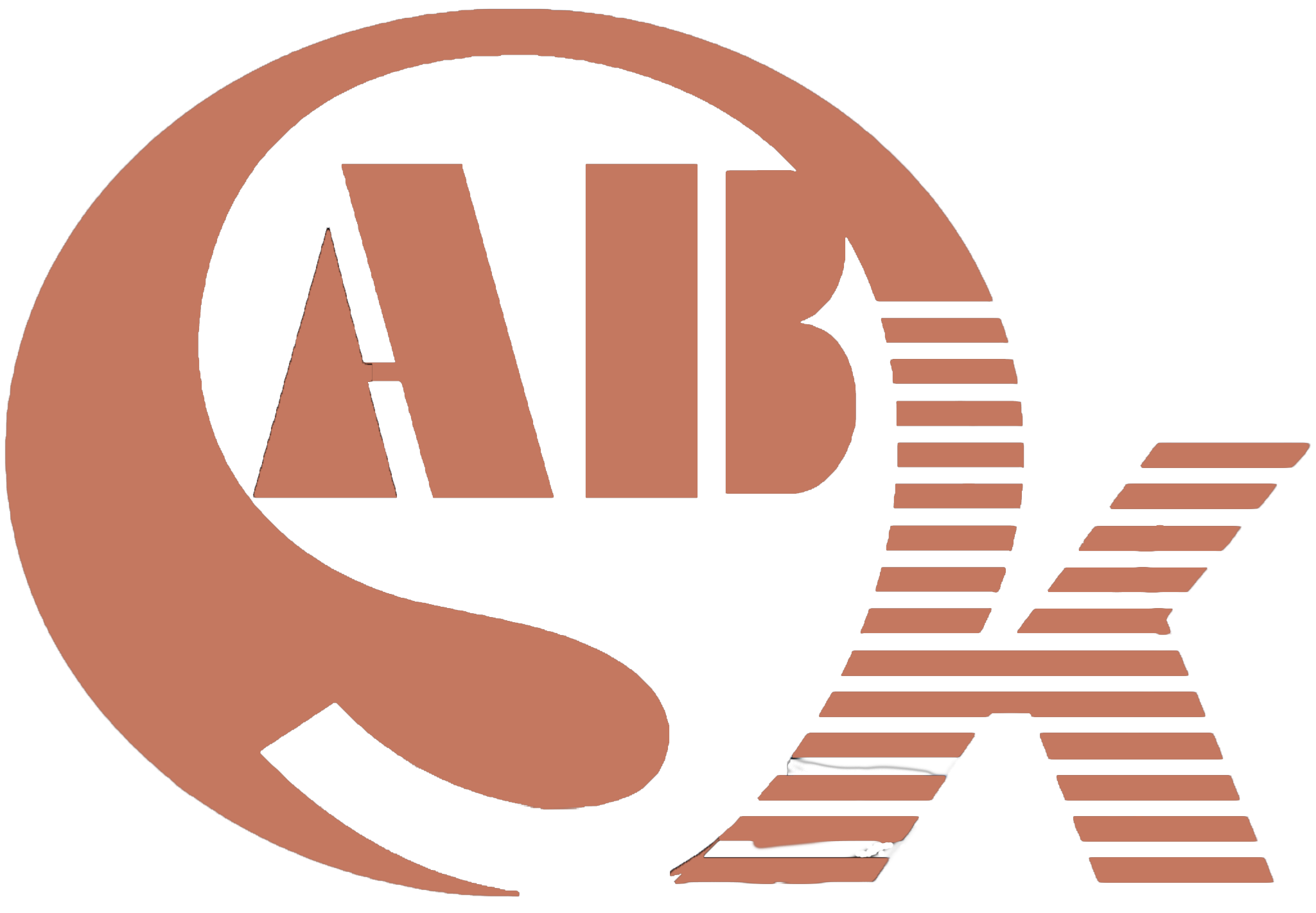Exploring the Power of Precision: What is a Rotary Welding Positioner?
In the dynamic world of welding and metal fabrication, precision and efficiency are the keys to success. Enter the rotary welding positioner, an essential tool that has revolutionized the way welders work. In this comprehensive guide, we will delve into the concept and applications of rotary welding positioners, shedding light on their technology, benefits, and the diverse range of industries that rely on their capabilities. Whether you’re a seasoned welding professional or just beginning your journey in the field, this article will equip you with the knowledge needed to understand and harness the power of rotary welding positioners.
Unraveling the Rotary Welding Positioner:
- Defining Rotary Welding Positioners:
- Long Tail Keyword: “Demystifying the Role of Rotary Welding Positioners”
- Technology Behind Rotary Positioners:
- Long Tail Keyword: “The Mechanics and Technology of Rotary Welding Positioners”
- Turntable or Chuck: This is the part of the machine that securely grips the workpiece, ensuring it remains in place during the welding process.
- Frame and Support Structure: The turntable is mounted on a sturdy frame that can hold the workpiece’s weight and withstand the forces generated during rotation.
- Control Systems: Modern rotary positioners often feature digital control systems that allow operators to program the desired rotation speed, angle, and other parameters.
- Drive Mechanism: The rotation of the turntable is powered by a drive mechanism, which can be motorized, hydraulic, or pneumatic, depending on the specific design of the positioner.
- Advantages of Rotary Welding Positioners:
- Long Tail Keyword: “The Benefits of Precision: Why Rotary Positioners Excel”
- Enhanced Efficiency: By rotating the workpiece, they eliminate the need for welders to constantly reposition themselves. This results in faster welding and reduced labor costs.
- Precise Control: Rotary positioners offer precise control over the welding process, ensuring that welders can access all areas of the joint with ease.
- Reduced Operator Fatigue: Many welding jobs involve working in challenging positions. Rotary positioners alleviate physical strain, reducing operator fatigue and enhancing safety.
- Higher Deposition Rates: These machines can support higher deposition rates, which means that more material can be added in a shorter time, increasing productivity.
- Deep Penetration: Rotary positioners provide consistent heat distribution, allowing for deep penetration into the workpiece, which is essential in certain applications.
- Applications of Rotary Welding Positioners:
- Long Tail Keyword: “Where Precision Meets Practice: Applications of Rotary Positioners”
- Pipe Welding: In the construction, oil and gas, and manufacturing sectors, rotary positioners are used to create precise and reliable welds on pipes and pipe components.
- Structural Welding: For creating precise and uniform welds in structural components used in buildings, bridges, and other infrastructure projects.
- Automotive Industry: In automotive manufacturing, rotary positioners are employed to weld components that require precision and consistency, such as exhaust systems and chassis components.
- Aerospace Industry: Critical components for aircraft, such as engine parts and landing gear components, demand the precision that rotary positioners provide.
- Energy Sector: In power generation and oil and gas industries, welding large components for power plants and offshore platforms requires the efficiency and precision offered by rotary positioners.
- Selecting the Right Rotary Welding Positioner:
- Long Tail Keyword: “Choosing the Perfect Positioner for Your Welding Needs”
- Load Capacity: Ensure that the positioner can handle the weight of the workpieces you’ll be welding.
- Rotation Speed and Angle Range: Select a positioner with adjustable rotation speed and angle range to match your specific welding process.
- Control Mechanism: Consider the control mechanism of the positioner, whether it’s manual, semi-automatic, or fully automatic, based on your needs and skill level.
- Versatility: Check if the positioner can accommodate a range of workpiece sizes and shapes, as this can be beneficial for diverse projects.
- Safety Features: Ensure the positioner is equipped with safety features, such as emergency stop systems and anti-slip mechanisms, to protect both the welder and the equipment.
Conclusion: Elevating Welding Processes with Rotary Positioners
In the world of welding, the rotary welding positioner is a game-changer. These machines bring enhanced efficiency, precision, and safety to the table, allowing welders to produce exceptional welds on a wide range of components.
As you embark on your welding projects, consider the advantages of rotary welding positioners and how they can streamline your work. By selecting the right positioner based on load capacity, rotation speed and angle range, control mechanism, versatility, and safety features, you’ll be well-equipped to tackle welding tasks with confidence, creating welds that meet the highest standards of quality and precision.
